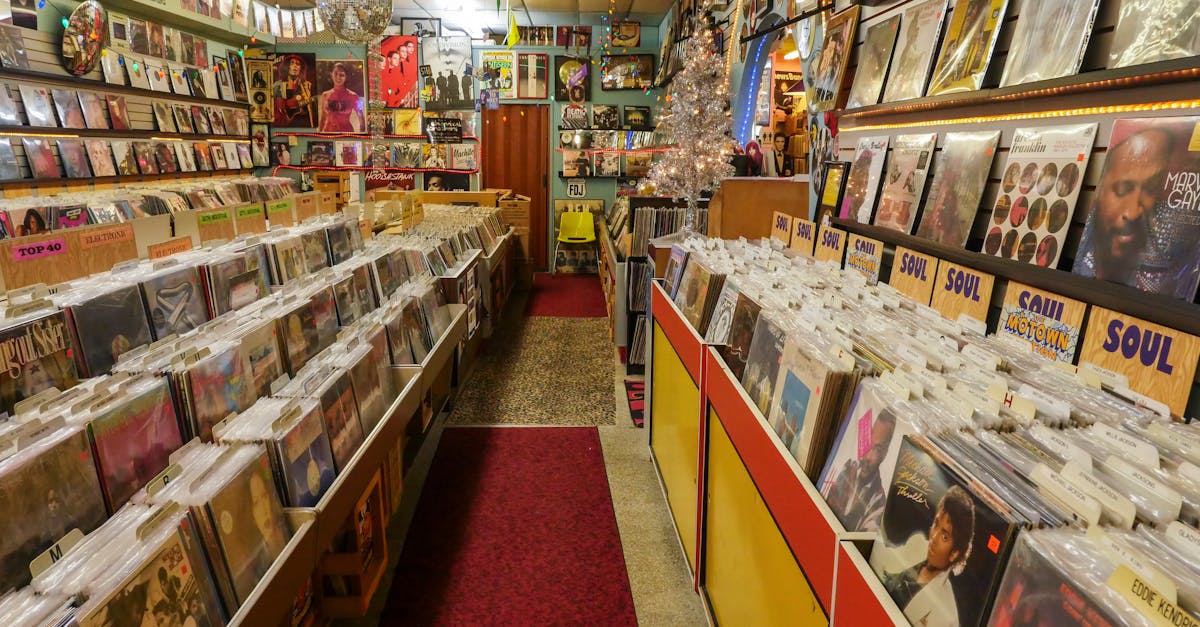The Golden Age of Television Are We Living It Now
Introduction
In recent years, the television landscape has undergone a significant transformation, leading many to question if we are experiencing a Golden Age of Television. With a surge in high-quality programming and an evolution in viewing habits, television is no longer confined to traditional broadcasts. Today, streaming platforms are driving innovation, offering endless possibilities for creative storytelling. This shift has allowed diverse voices to emerge, showcasing a variety of genres and narratives. The ever-growing global audience's appetite for groundbreaking content continues to reshape the industry. But what exactly are the factors contributing to this potential Golden Age?
Advertisement
Content Quality and Diversity
The flood of high-quality content has propelled television into a realm once reserved for film. Shows like "Game of Thrones," "The Crown," and "Stranger Things" have demonstrated that television can deliver cinematic-quality storytelling. This boom has given rise to an unprecedented diversity of voices, with new writers and directors from underrepresented backgrounds sharing their stories. Viewers are now privy to an array of genres—ranging from suspenseful thrillers and fantastical epics to raw dramas and wholesome comedies. Such diversity ensures a wider audience is engaged, blurring the lines between 'television' and 'film' like never before.

Ron Lach/Pexels
Advertisement
Streaming Services Revolution
Streaming platforms like Netflix, Amazon Prime, and Disney+ have played a critical role in accelerating this renaissance. Unlike traditional networks, these services provide creators with greater creative freedom, enabling them to take risks and explore uncharted territories. The hybrid model of featuring both classic content and fresh originals has expanded the accessibility of quality programming. Without rigid scheduling constraints, viewers can binge-watch an entire season anytime, a practice that's reshaping audience engagement. The allure of instant gratification and on-demand access symbolize a new era marked by convenience and personalization.
Advertisement
Rise of Serialized Storytelling
One defining feature of contemporary television is serialized storytelling, which captures audiences with its intricate plot development and character arcs. Unlike episodic formats, serialization allows for deep emotional and intellectual investment, as narratives unfold over multiple episodes or seasons. This method has given birth to cultural phenomena, creating "binge-worthy" content that captivates viewers for hours on end. Moreover, serialization challenges the classic cliffhanger, offering consistent emotional payoffs—hallmarks of a Golden Age in storytelling. Critics and audiences alike have lauded this episodic depth for imbuing characters with nuance and realism.
Advertisement
Impact of Social Media and Fandoms
Social media has amplified the reach and impact of modern television, fostering vibrant fan communities and encouraging active discussions. Online platforms offer a space for viewers to share their theories, insights, and reactions in real-time. Fandom culture has become an influential factor in a show's success, given how word-of-mouth and digital advocacy can drive viewership. The engagement extends beyond the screen, as fans contribute creative interpretations—ranging from fan fiction to elaborate cosplay. Such enthusiasm showcases the shared cultural experience, rendering TV more interactive than ever.
Advertisement
Evolving Role of Technology
Technology continues to reshape television's landscape, promoting new forms of engagement and interaction. Innovations like virtual reality (VR) and artificial intelligence (AI) are enhancing storytelling, offering immersive experiences that traditional formats cannot. Platforms are experimenting with interactive shows, where viewers influence plot developments through "choose-your-own-adventure" mechanics. Furthermore, data analytics are informing content creation by identifying viewer preferences and trends. As technology evolves, television's potential is poised for further growth, adapting to the demands of an increasingly digital-savvy audience.
Advertisement
A Globalized Television Landscape
Television is no longer a local phenomenon. The rise of streaming services has thrust international content into the global spotlight, breaking down geographic barriers and fostering cultural exchange. Non-English series like "Money Heist" and "Squid Game" have gained global acclaim, showcasing the world’s universal storytelling potential. This cultural diffusion introduces audiences to diverse traditions and perspectives, advocating a more inclusive understanding of narratives. With subtitles and dubbing, language barriers are minimal, making global content accessible to all. The international triumph hints at a Golden Age not just in technical prowess but in cultural richness as well.
Advertisement
Challenges in This TV Renaissance
While optimism abounds, challenges equally persist in this potential Golden Age. With a plethora of options, audiences might feel overwhelmed by "content fatigue," leading to decision paralysis. Additionally, the competition among streaming giants is fierce, placing pressure on traditional networks to adapt quickly. There’s also the question of maintaining production quality amid escalating costs and consumption demands. Critics argue that despite diversity strides, there’s still a need for better representation at all creative levels. Addressing such challenges is vital to ensuring that this Golden Age sustains itself beyond initial excitement.
Advertisement
A Collaborative and Creative Future
Current trends signal a blending of television and other digital forms into a more integrated media landscape. As barriers between mediums dissolve, collaboration across films, series, and gaming promises fresh creative potential. The storytelling craft is also evolving, borrowing techniques from various artistic disciplines to enrich narratives. This holistic creative renaissance positions television as a vibrant cultural force and highlights its capacity for innovation and introspection. The commitment to pushing boundaries ensures that the medium remains evolving, dynamic, and perpetually relevant.
Advertisement
Summary and Conclusion
In sum, several factors uniquely contribute to what might be considered a Golden Age of Television. The rise in quality programming, diverse narratives, and innovative formats exemplifies a thriving industry. Streaming services, globalization, and technology have rapidly transformed both the content and consumption of television media. Amidst enthusiasm, challenges remain, underscoring the importance of sustainable creativity and inclusivity. Whether this era will be forever enshrined as a "Golden Age" remains to be seen, but its impact on television's future is undeniable.
Advertisement








